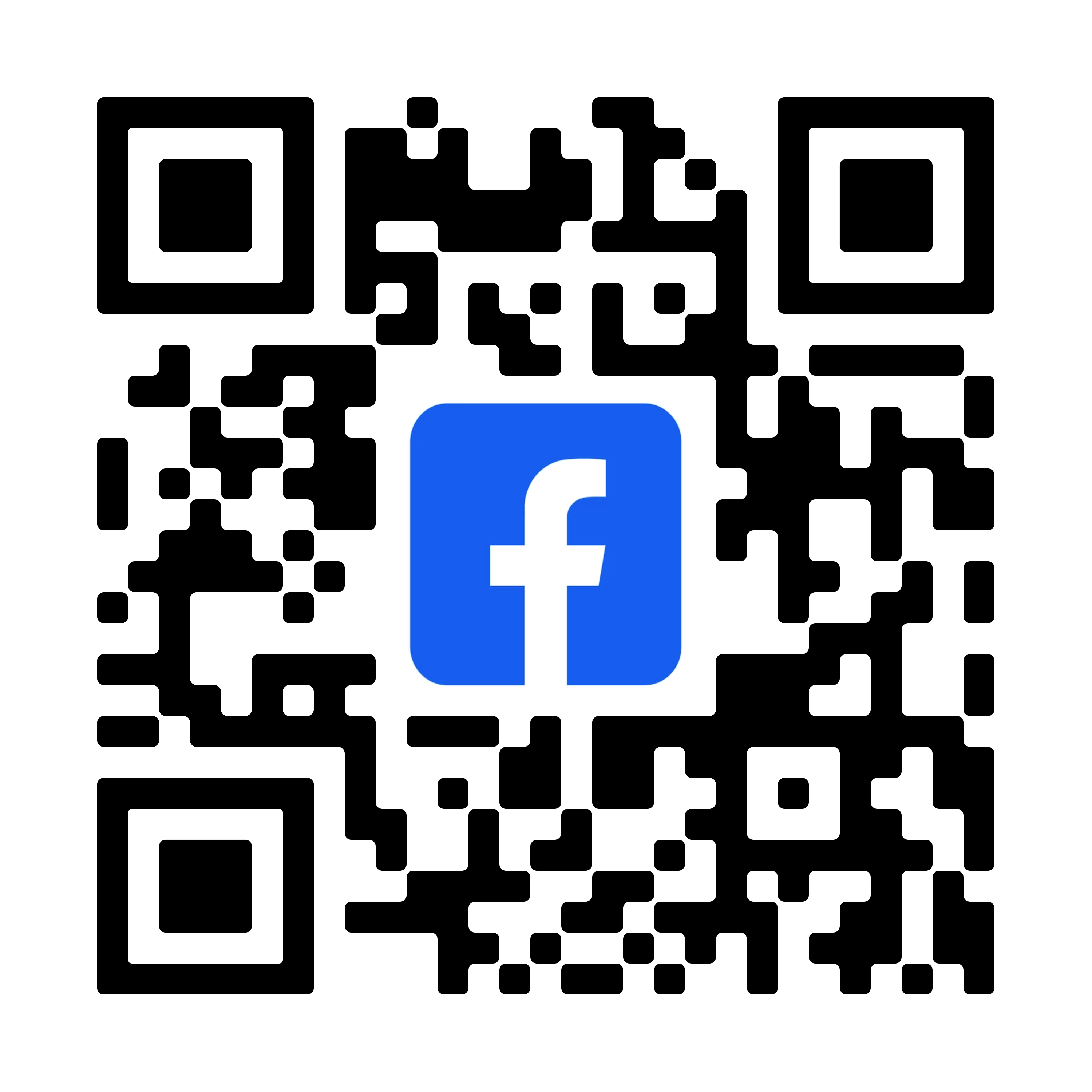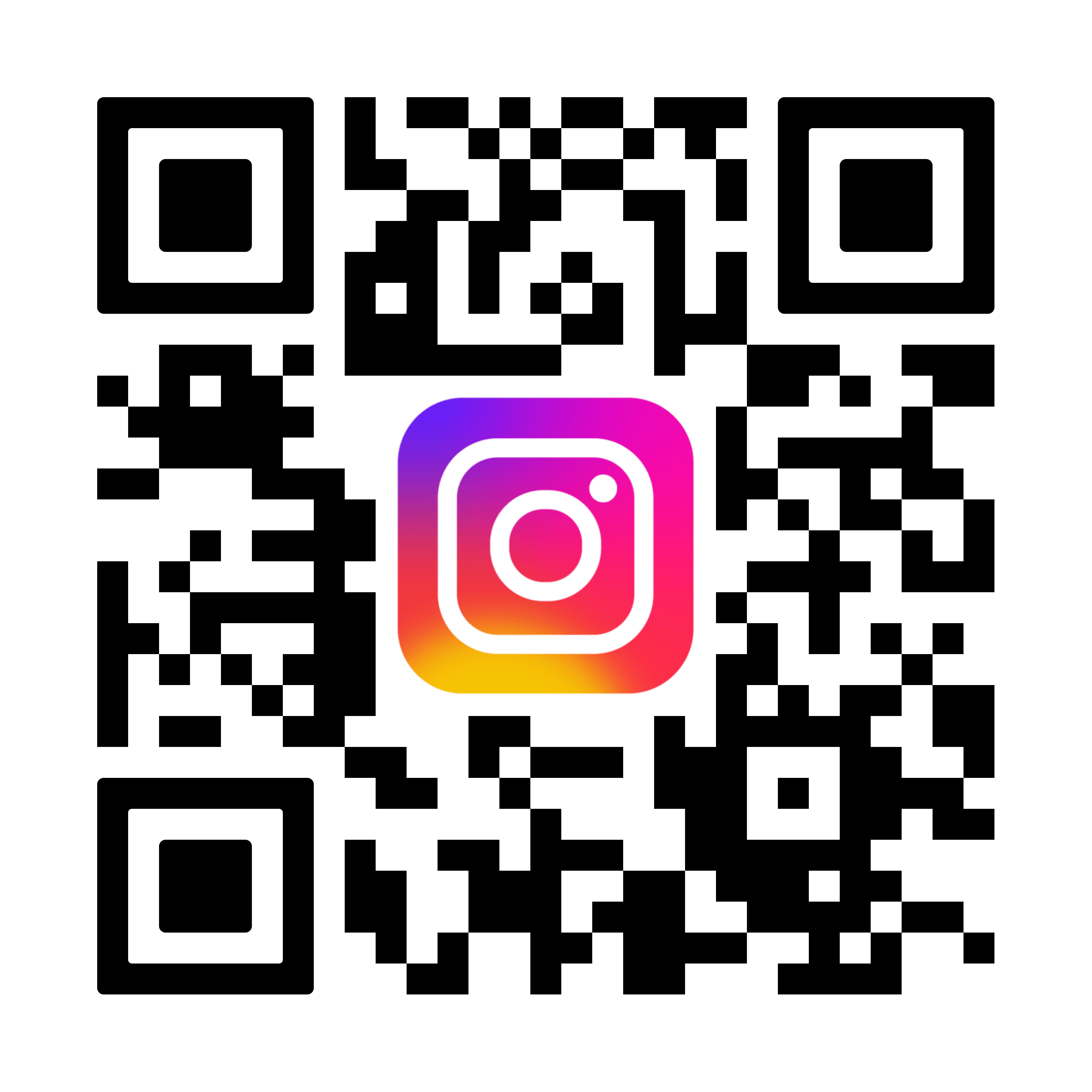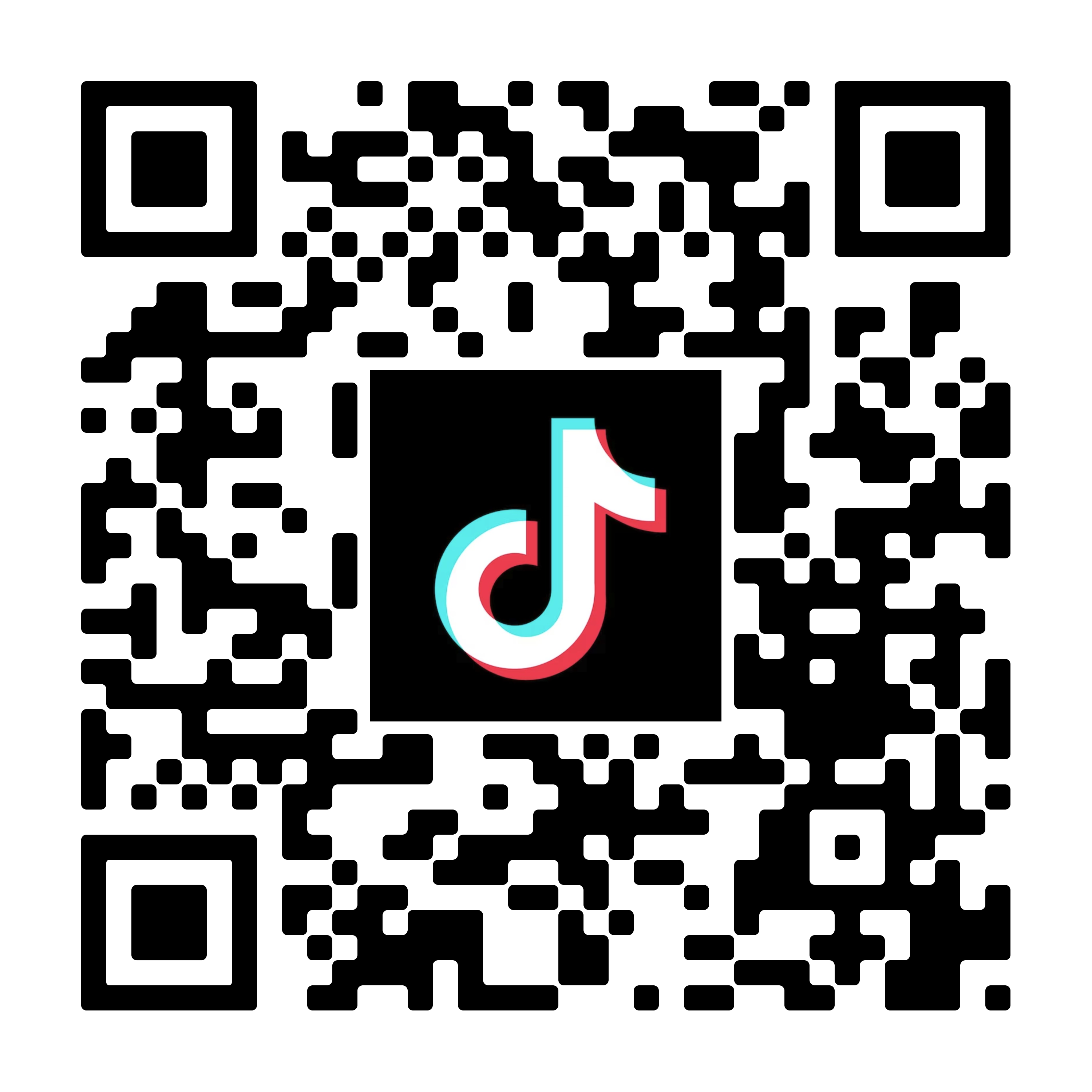Teaching Objectives:
To compare media systems and policies of communication in different countries.
To understand the various governance structures in world communications.
To understand the UNESCO New World Information and Communication Order.
To understand the scope of influence that communication plays in today's world and that of tomorrow.
To be able to evaluate the sociocultural, economic, political and scientific/technical impact of communications on different countries and peoples in different regions of the world.
Teaching Requirements:
Attendance- It is expected that all students attend and finish online video watching and related exercises. Missing one of the tasks will result in grade deduction.
APA Style is the only acceptable standard for citing references and quotations/sources in all projects and the research paper.
It is expected that students will represent as their work only that which is indeed theirs and that they will strive to behave toward one another with civility and respect for the rights of others. Breaches integrity will be dealt with the procedures outlined in the student handbook.
Teaching Contents:
Unit One:The Historical Context of International Communication
Unit Two: Approaches to Theorizing International Communication
2.1 Free Flow of Communication
2.2 Modernization Theory
2.3 Dependency Theory
2.4 Cultural Perspectives
2.5 Discourses of Globalization and others
Unit Three: Creating a Global Communication Infrastructure
3.1 The Privatization of Telecommunications
3.2 Free Trade in Communication
3.3 Privatizing Space & Key Players in Global Satellite Industry
Unit Four: The Global Media Marketplace
4.1 Media Convergence
4.2 Key Players
4.3 European Broadcasting
Unit Five: Communication & Cultural Globalization
5.1 Globalization and Western Culture's Spread in the World
5.2 Regionalization and Localization in the Media Market
Unit Six: Contraflow in Global Media
6.1 Global Counterflow of Television
6.2 Media Exports from the South to the North
Unit Seven: International Communication in the Internet Age
7.1 The Dawn of the Internet Age and Global Technical Standards
7.2 From a Free Flow of Information to Free Flow of Commerce
Unit Eight: China's International Communication
8.1 Historical Development of China's International Communication
8.2 The Beginning of Internet Communication
8.3 Continuity and Change
Text Book(s) and Reference Materials:
Daya Thussu (ed.) International Communication: A Reader. London: Routledge
Hallin, D. C. & Mancini, P . (eds.), 2012,Comparing Media Systems Beyond the Western World, New York: Cambridge University Press. 2010.
Credits:2






